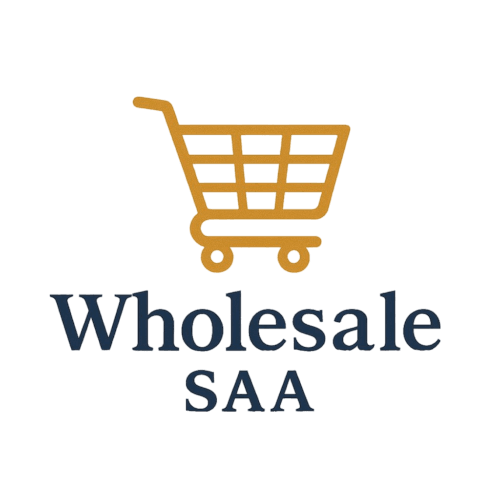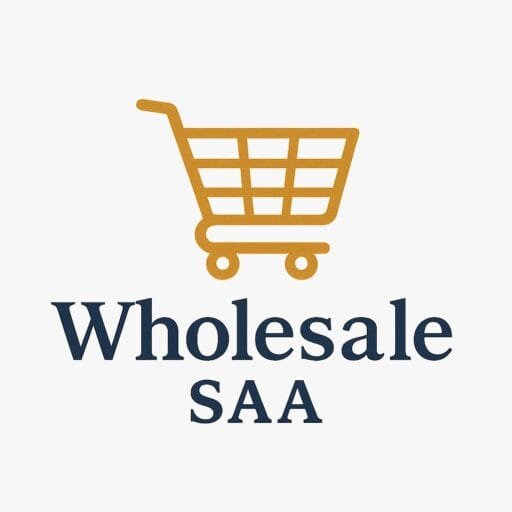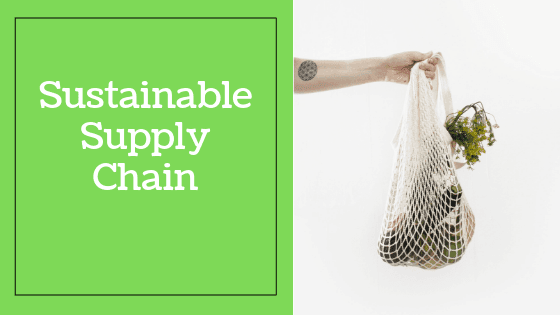The wholesale clothing business is a dynamic and potentially lucrative industry that establishes a link between manufacturers and retailers.
Whether you are an aspiring entrepreneur seeking to enter the fashion supply chain or a seasoned businessperson looking to diversify your portfolio, it is crucial to understand the intricacies of this industry. And there are key considerations, challenges, and opportunities involved in starting a wholesale clothing business, which we’re about to delve into.
1. Understanding the Wholesale Clothing Business Model
Essentially, the wholesale clothing business involves purchasing apparel in large quantities directly from manufacturers or distributors and reselling it in smaller quantities to retailers, boutiques, or sometimes actual consumers.
The fundamental advantage of this model lies in the ability to purchase at lower per-unit costs and generate profits through markup when reselling.
There are two primary forms of wholesale businesses:
Traditional Wholesaling: This focuses on bulk transactions with established retailers.
Online/Digital Wholesaling: Involves selling through digital marketplaces or proprietary e-commerce platforms, often catering to a wider range of buyers, including dropshippers and small businesses.
Being successful in either of these models depends on effective sourcing, inventory management, customer relationship management, and logistics.
2. Market Research and Industry Analysis
Before entering the wholesale clothing business, conducting thorough market research is important. This involves understanding the demand for various clothing segments, identifying your target customer base, and analyzing your competitors.
Key Segments in the Clothing Industry:
Casual wear
Formal wear
Active wear
Children’s apparel
Plus-size clothing
Sustainable or ethical fashion
Niche clothing (e.g., maternity, work wear, gym wear, vintage)
Analytical Tools to Use:
SWOT Analysis: Strengths, Weaknesses, Opportunities, and Threats
Porter’s Five Forces: To assess industry competitiveness
PESTLE Analysis: Political, Economic, Social, Technological, Legal, and Environmental factors
Understanding these segments allows you to define your niche and tailor your inventory and marketing strategies accordingly. For instance, the rising popularity of eco-friendly fashion may warrant a focus on sustainable clothing lines.
3. Sourcing and Supplier Relations
One of the most critical elements of a successful wholesale clothing business is establishing reliable and cost-effective supply chains. This involves selecting the right manufacturers or distributors based on criteria such as:
Pricing
Quality
Minimum order quantities (MOQs)
Delivery times
Ethical labor practices
Where to Find Suppliers:
Trade shows (e.g., MAGIC Las Vegas, Texworld USA)
Online B2B marketplaces (e.g., Alibaba, FashionGo, Faire)
Domestic manufacturers for local sourcing
Overseas factories for cost advantages
Evaluating Suppliers:
Request samples to assess the quality of their products
Verify certifications and ethical compliance
Check reviews and references
Negotiate terms regarding MOQs, lead times, and return policies
Building strong relationships with suppliers can also provide you with better pricing, exclusive products, and priority during high-demand periods.
4. Legal and Regulatory Considerations
Operating a wholesale clothing business requires compliance with a variety of legal and regulatory requirements, which may vary based on location and the scale of operations.
Legal Prerequisites:
Business registration and structure (LLC, sole proprietorship, etc.)
Sales tax permits and EIN (Employer Identification Number)
Import/export licenses, if you’re sourcing internationally
Reseller’s permit to avoid paying sales tax on inventory purchases
Other Considerations:
Product labeling and compliance with consumer safety regulations
Trademark and copyright laws, particularly if you’re selling branded merchandise
Labor laws and regulations when dealing with manufacturers
Non-compliance can result in heavy penalties, product recalls, or reputational damage.
5. Inventory Management and Logistics
Efficient inventory management is the backbone of a successful wholesale operation. Overstocking can tie up capital, while understocking may result in lost sales and dissatisfied customers.
Inventory Strategies:
Just-in-Time (JIT): Minimizes holding costs but depends on reliable suppliers
ABC Analysis: Classifies inventory based on importance and turnover rate
Dropshipping: Minimizes inventory risk by shipping directly from suppliers
Logistics Considerations:
Capacity and location of warehouse
Transportation costs and delivery timelines
Use of third-party logistics (3PL) providers
Packaging, labeling, and order tracking systems
Investing in inventory management software can help streamline operations and improve forecasting accuracy.
6. Technology and E-commerce Integration
The digital transformation of the retail industry has significant implications for wholesale businesses. Wholesalers can leverage technology to reach broader markets, automate operations, and improve customer service.
Digital Tools and Platforms:
E-commerce platforms (e.g., Shopify, BigCommerce, WooCommerce)
Customer Relationship Management (CRM) systems
Enterprise Resource Planning (ERP) solutions
Digital payment gateways and invoicing tools
Benefits of E-commerce Integration:
24/7 order placement
Access to analytics and customer insights
Enhanced marketing capabilities (e.g., email marketing, SEO, PPC)
A well-optimized online wholesale store can significantly enhance operational efficiency and brand visibility.
7. Marketing and Sales Strategy
Effective marketing is crucial to attract and retain retail buyers. Since the target audience for wholesalers is different from final consumers, marketing strategies should be tailored accordingly.
B2B Marketing Channels:
Email campaigns and newsletters
LinkedIn and industry-specific social media
Trade publications and wholesale directories
Referral and affiliate programs
Sales Techniques:
Volume discounts and tiered pricing
Exclusive product offerings
Personalized account management
Participation in trade shows and distribution of samples
Building strong relationships and trust with retail buyers is often more valuable than aggressive selling tactics.
8. Financial Planning and Capital Requirements
Starting a wholesale clothing business requires a significant upfront investment. Careful financial planning can help avoid cash flow issues and ensure long-term sustainability.
Startup Costs May Include:
Initial inventory purchase
Warehouse leasing or purchase
Licensing and registration fees
Website development and digital tools
Marketing and promotional expenses
Financial Management Tools:
Budgeting software
Accounting systems (e.g., QuickBooks, Xero)
Cash flow projections and break-even analysis
It is advisable to secure adequate funding through personal capital, business loans, or investor partnerships. A robust business plan can also help attract potential investors.
9. Risk Management and Contingency Planning
Like any business, wholesaling comes with inherent risks, including supply chain disruptions, market volatility, and regulatory changes. A proactive risk management strategy can mitigate potential losses.
Common Risks:
Inventory antiquity due to changing fashion trends
Payment defaults from retailers
Delays in production or shipping
Fluctuations in currency and import duties
Risk Mitigation Tactics:
Diversifying suppliers and product lines
Offering flexible payment terms with safeguards
Maintaining insurance (e.g., liability, cargo, business interruption)
Regularly reviewing contracts and agreements
10. Scaling the Business
Once a wholesale clothing business establishes a foothold, scaling becomes the next logical step. This involves expanding product lines, entering new markets, and enhancing operational capabilities.
Growth Strategies:
Expanding to international markets
Launching private label or in-house brands
Forming strategic alliances with designers or manufacturers
Investing in automation and advanced analytics
Careful planning and sustained investment are essential to scale without compromising quality or customer satisfaction.
Final Thoughts
Starting a wholesale clothing business is a multifaceted endeavor that requires a blend of strategic planning, market insight, operational efficiency, and relationship management. It is a highly competitive industry, but with the right approach, it offers ample opportunities for growth and profitability.
By understanding the business model, conducting detailed market research, choosing the right suppliers, and embracing technology, entrepreneurs can build a resilient and successful wholesale clothing operation. As with any other business venture, adaptability, continuous learning, and a keen eye on industry trends will remain key drivers of long-term success.






